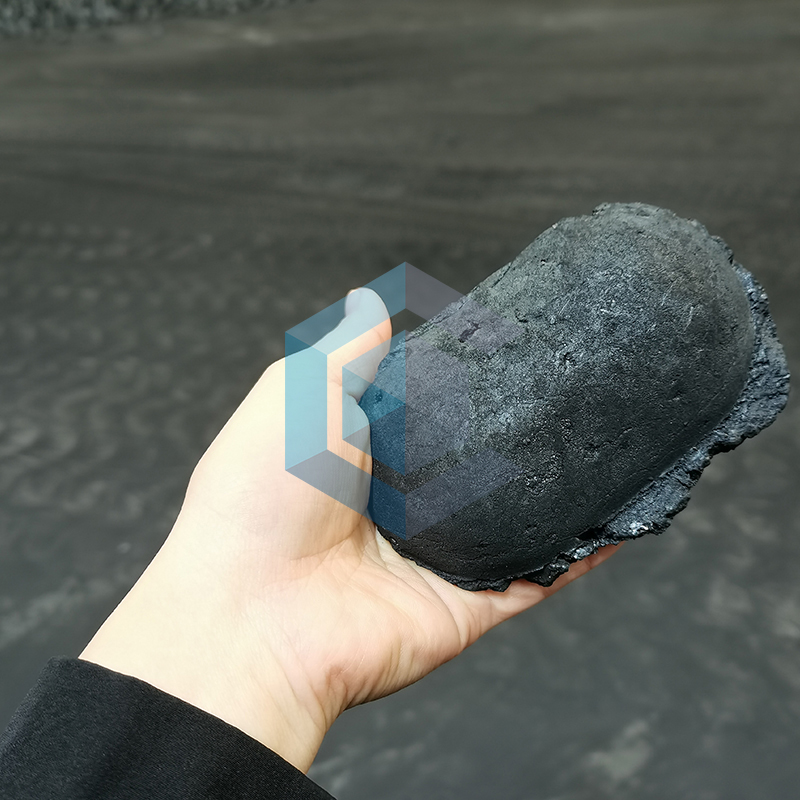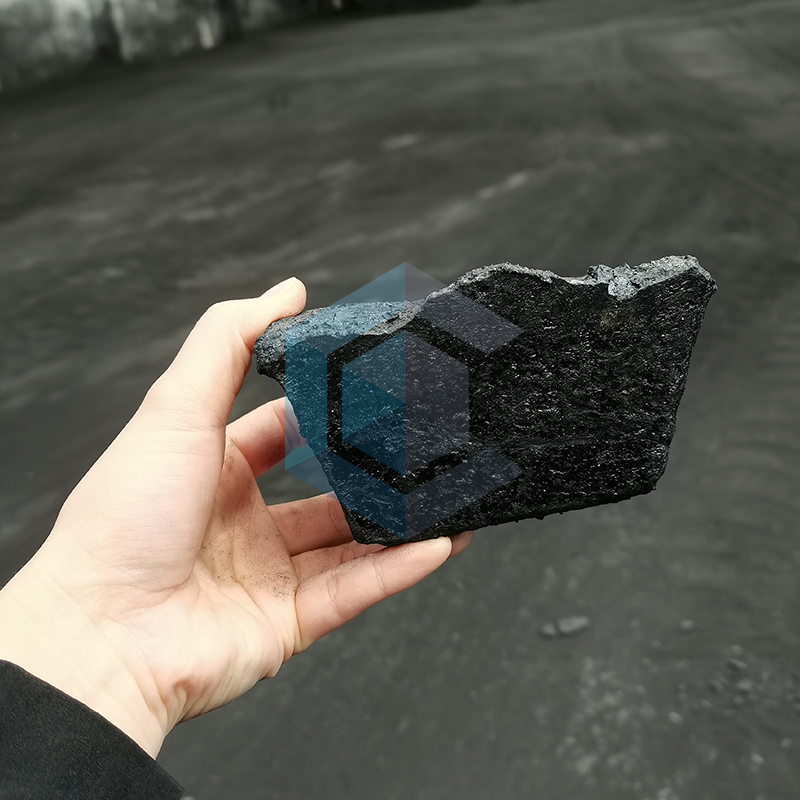What is electrode paste hard breakage?
Electrode paste hard breaking refers to the phenomenon in which self-baking electrodes used in submerged arc furnaces (such as ferroalloy furnaces and
calcium carbide furnaces) undergo transverse breakage during the baking process due to insufficient strength when subjected to mechanical or thermal stress.
Simply put, the electrodes are not fully sintered and lack strength, unable to withstand their own weight or external forces, resulting in "breakage."
To better understand, imagine the self-baking electrode firing process as "baking bread": the electrode paste is the raw dough, and the baking process is like
putting the dough into the oven to bake. The baked electrode is like the baked bread. Hard breakage is like lifting the dough while it's still soft in the center,
causing it to break at the soft center.

The main cause of electrode paste hard breakage: Hard breakage essentially occurs when the electrode sintering rate cannot keep up with the electrode
consumption rate, resulting in the "raw material" section (the unsintered part) at the bottom of the electrode being too long and too soft. Specific causes include:
1. Electrode paste quality issues:
a. Improper volatile matter content: Excessive volatile matter content generates a large amount of gas during calcination, resulting in a porous, loose structure
within the electrode and reduced strength. This is one of the most common causes.
b. Poor binder (asphalt) quantity or quality: Too little or poor binder quality results in a weak electrode skeleton and poor strength after sintering.
c. Improper aggregate ratio: An improper particle size ratio of solid aggregates (anthracite, coke) affects density and strength after sintering.
2. Improper process operation:
a. Slow calcination: If the electrode is lowered too quickly or the furnace temperature is too low, the electrode paste does not have enough time and heat to fully
calcine, resulting in "cooked" (half-baked).
b. Improper electrode paste addition: Adding too much electrode paste at once can result in an excessively high paste column, increasing pressure, squeezing
out the soft paste at the bottom, or causing the sintering zone to shift upward, disrupting the normal sintering gradient. Frequent power outages and furnace
shutdowns: Frequent startups and shutdowns cause the electrodes to experience repeated heating and cooling cycles, generating significant thermal stress and
easily causing cracking in weaker areas.
c. Excessive length of the electrode working end: The electrode's working portion within the furnace is too long, significantly increasing its weight and exerting
significant tension on the upper, unsintered portion.
3. Equipment Factors:
Electrode shell issues: Deformation, severe corrosion, or poor welding quality weaken the "mold" and skeleton of the electrode shell, making it unable to effectively
restrain and support the soft paste within.

How to Prevent Electrode Paste Hard Breaking?
Preventing hard breakage is crucial, and key measures include:
1. Strictly control electrode paste quality: Select high-quality electrode paste with appropriate volatile matter content, excellent binder properties, and a rational
aggregate ratio.
2. Appropriately control the electrode lowering speed and frequency based on furnace conditions.
3. Maintain stable furnace temperature and power supply regulations to avoid frequent shutdowns and restarts.
4. Follow the principle of "adding less, adding more frequently" when adding electrode paste, maintaining an appropriate paste column height.
5. Strengthen equipment maintenance: Regularly inspect the electrode shell to ensure it is round, free of rust, and securely welded.
6. Monitoring and Early Warning: Closely monitor the electrode sintering process. If any abnormalities such as softening or slipping are observed, adjust the process
promptly.

In short, electrode paste hard breakage is a transverse fracture of self-baked electrodes in a submerged arc furnace due to poor sintering and insufficient strength.
The core cause is that the sintering rate of the electrode lags behind the consumption rate. By carefully controlling the electrode paste raw materials, optimizing the
operating process, and strengthening equipment management, this serious production accident can be effectively prevented.


 Phone:+86 19937179450
Phone:+86 19937179450
 Whatsapp:+86 19937179450
Whatsapp:+86 19937179450
 Email:
Email: Add:Zhengdong New District,Zhengzhou City,China.
Add:Zhengdong New District,Zhengzhou City,China.